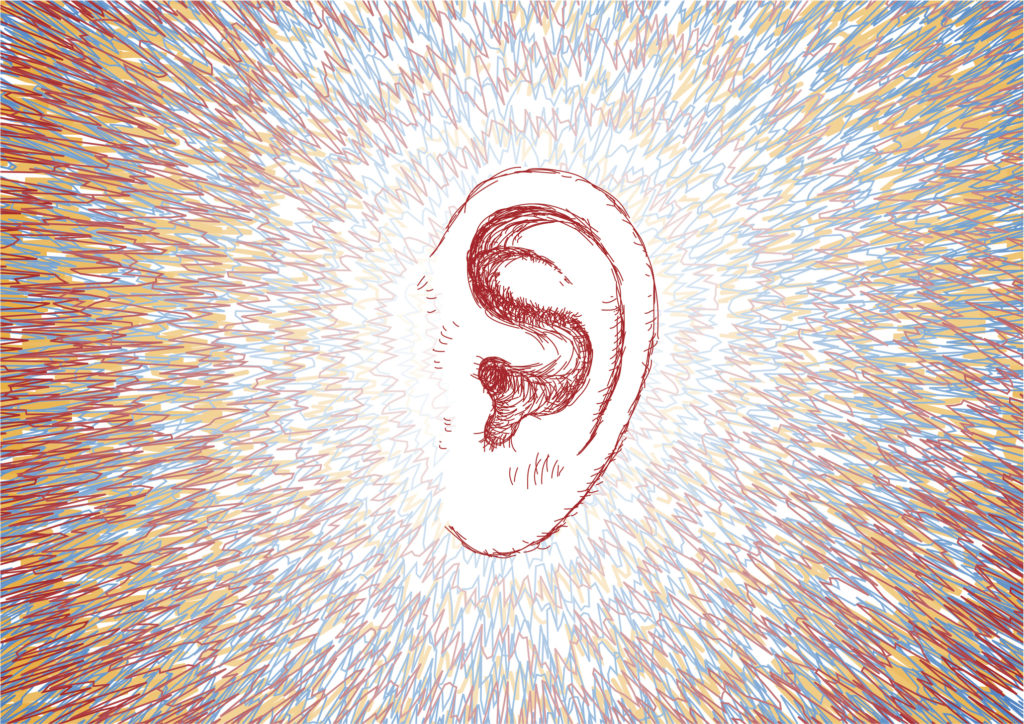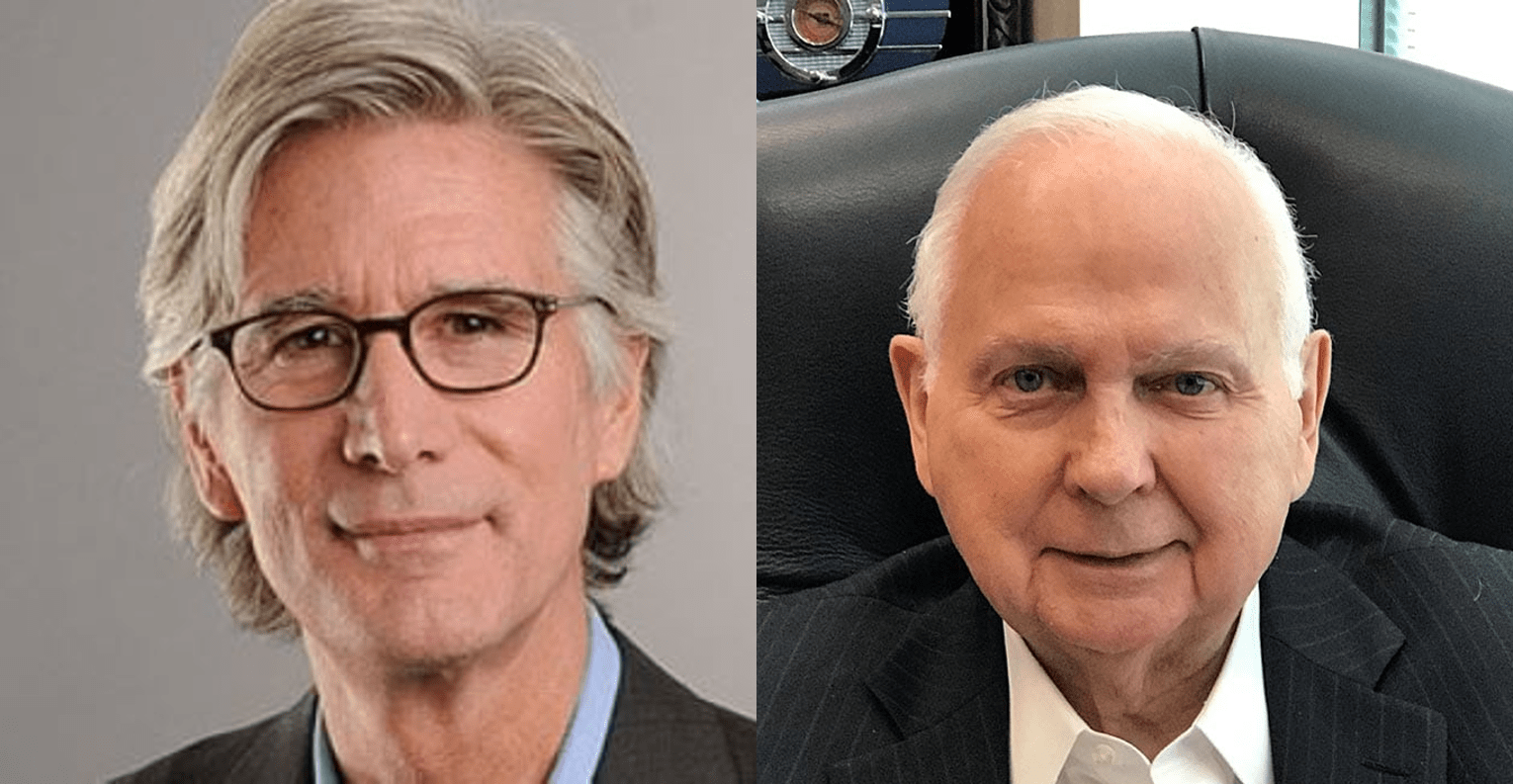
Welcome to this week’s edition of our “Throwback Thursday” blog post. This one goes back seven years and one of our many discussions about the power of audio signatures.
But in looking back at this post, perhaps I left a very strong point on the table – the power of brand partnerships. So, I took the liberty of changing the name to reflect the broader topic and perhaps a bigger lesson.
For Spotify, Capital One, T-Mobile, Netflix, and other brands engaged in smart, strategic collaborations when today’s post was originally written, the sum of these brands almost always turns out to be bigger and more memorable than companies that go it alone – like pretty much every radio station out there.
Yet, when we think back to some of the smarter partnerships local radio engages in, the power is amplified by two (or more) brands working together on a shared marketing initiative. For example, the Children’s Miracle Network Hospitals organization with whom we work connects radio stations (and often clusters) with the local children’s hospital in that community. Aside from the benefits of interacting with a massive local entity, stations are often exposed to the hospital’s board as well as their sponsors and donors. It is always additive, as is supporting a high-profile great cause in your station’s city of license.
So in reading today’s #TBT post, think about the overt and subliminal power of audio signatures, and how your station might benefit from developing a good one. But also consider the value of investigating a strategic partnership with another hometown brand that matters – whether it’s a sports franchise, pizza chain, or even a furniture store. How can you help one another, providing greater coverage, buzz, and brand awareness?
At a time when marketing dollars are at a premium – or virtually nonexistent – this tactic might just be the smartest thing you can pursue before the year ends. – FJ
Media partnerships continue to flourish. Right now, Spotify has a couple of interesting ones going. You may have seen the TV spot featuring Samuel L. Jackson singing “Let’s Stay Together” (I prefer Al Green, thank you). The tie-in is with Capital One, entitling credit card holders discounts on Spotify subscription fees.
And not stopping there, Spotify also launched a promotion with Hulu, bundling both services together. Smart, right? A joint deal that combines two major audio and video streaming brands. And college students will get an even better deal, solidifying Spotify and Hulu among both Gens Y and Z.
But the one that recently grabbed my attention is a new co-promotion launched between T-Mobile and Netflix. If you pay for four unlimited lines, T-Mobile throws in Netflix.
Sounds pretty breakthrough, right?
But the ancillary reason this deal stands out is in its marketing. The creative team at Publicis hit on a clever way to get our attention – using the familiar audio signatures of both brands – T-Mobile and Netflix – to get into our heads.
Here’s the TV ad:
But perhaps even more powerful is the radio version of this joint ad. When you simply hear these audio signatures, they form an even more vivid impression in your mind, thanks to the repetition of the respective sounds of both brands. IMO, the radio spot is more effective (and less annoying).
Perhaps not coincidentally, marketing executive Colleen Fahey worked for Publicis before joining audio branding agency, Sixième Son. A few years ago, she wrote a great article for the Content Marketing Institute, “How Audio Enhances Your Brand Content: Find Your Signature.” It’s a savvy walk-through of how established brands can add audio signatures to their marketing arsenals.
There is all sorts of scientific evidence suggesting the even deeper power of audio. Whether it’s those “ear worm songs” – the ones that we simply cannot get out of our heads – or advertising (and radio station) jingles, audio is an amazing vehicle that becomes part of our personal “hard drives.”

Guys like the late Bob McCurdy and Jerry Lee (pictured) have been saying the same for years – pointing to the power of audio and how it can be used to form indelible impressions. And yet, most stations don’t explore the idea of creating audio signatures like T-Mobile, Netflix, Intel, NBC, and so many others brands have used to their mutual benefit.
We are witnessing a renaissance in audio and its delivery right before our very ears. As wireless systems like Sonos, Bose, and others are filling our homes with quality audio, and smart speakers like Amazon Echo use audio to provide on-demand content at the drop of an “Alexa…” we are smack in the middle of a new audio revolution.
At a time when radio competes against so many new and compelling platforms and sources, sticky audio signatures could be the perfect vehicles to cement images and impression of station brands, creating long-lasting memories that can be used again and again to trigger top-of-mind awareness.
The Who had it right with “Tommy.”
See me, feel me, touch me,
Hear me.
- What If Radio Tried Something Right Out Of Left Field? - May 9, 2025
- Why Radio PDs Are A Lot Like NBA Coaches - May 8, 2025
- Memo To Radio: We Have Met The Enemy And It Is… - May 7, 2025





Leave a Reply